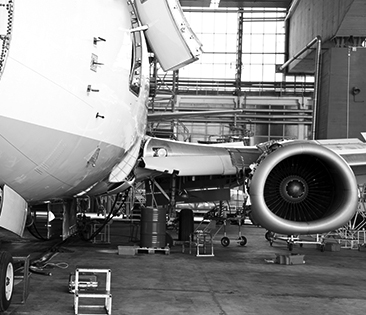By Mike Hoonhorst, AEP
Due to the nature of our jobs as consultants, we often find ourselves on an airplane, traveling across the country, and even across the world. And with the holiday season in full swing, you too may find yourself flying soon. Almost all of us have probably said, “I cannot wait to get off of this airplane!” Having frequently been in this position, I decided to do some research on the ergonomics of flying. What I found was both obvious and surprising at the same time. There are many variables that affect the way passengers think of comfort when flying.
The most obvious is the lack of leg room, especially on longer flights. We’ve all experienced discomfort in the back of our legs, which is only amplified when we can’t stretch our legs because there is simply not enough room. Less legroom generally results in higher discomfort ratings, as reported in Possibilities to Improve the Aircraft Interior Comfort Experience. But the authors of this 2011 research article in Applied Ergonomics (Vink, Bazley, Kamp and Blok) found that there are many other reasons that passengers may find air travel uncomfortable. The authors found a correlation between hygiene and comfort. If the aircraft has clean seats and windows, with a bright, new-looking interior, passengers were more likely to experience a comfortable flying experience. Passengers also found flying on newer planes to be a better experience. Another factor that affected the comfort rating was the crew. Passengers prefer a young, enthusiastic crew and pilots that give clear and good information during the flight.
It is surprising to me that perception can affect comfort in such a dramatic way. With airlines trying to fill more seats on every flight, this might give passengers a new perspective on what airlines consider when designing and staffing their fleets. Safe travels!
